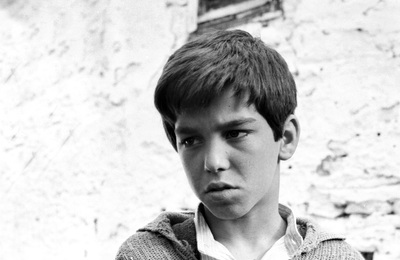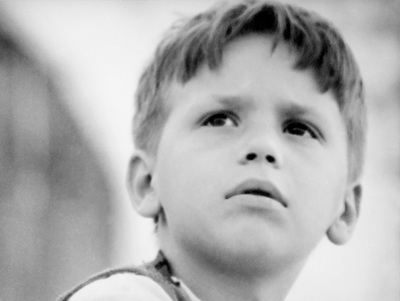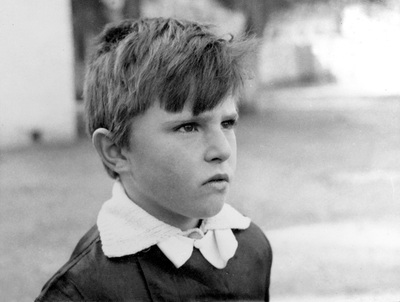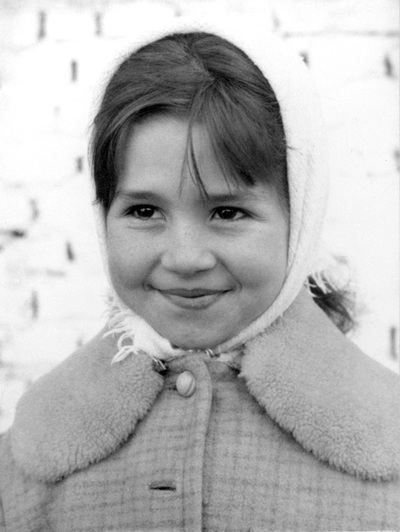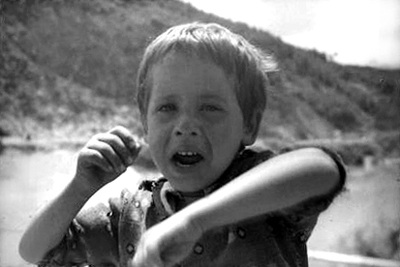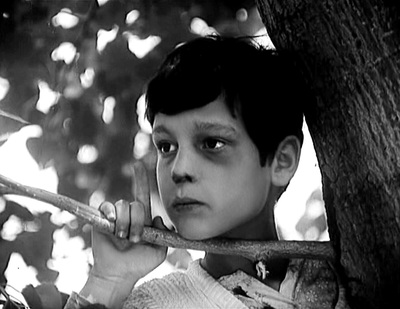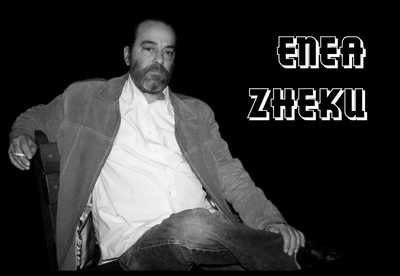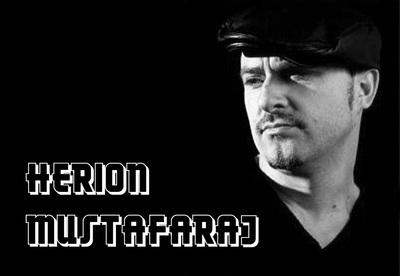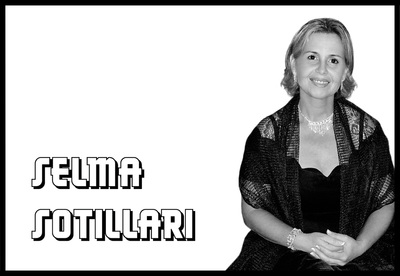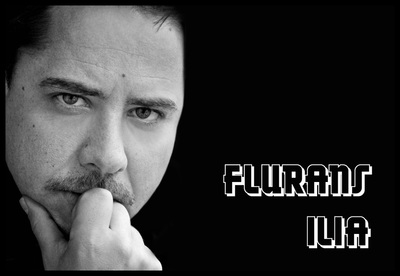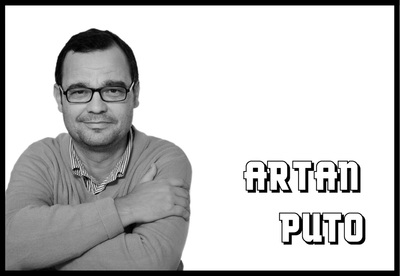Keko's Kids: Where Are They Now?
Please click on the images of the child actors above to learn more about them
"Teta Xhano"
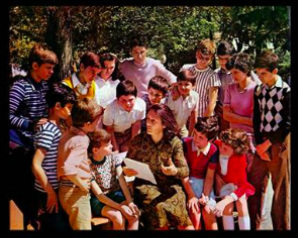 Keko, surrounded by her troupe of child actors. Keko, surrounded by her troupe of child actors.
The children’s themed films of Xhanfise Keko--affectionately known as "Teta Xhano" (auntie Xhano) by her troupe of child actors--were among the most popular of Albania’s Communist era, and remain widely loved. Keko is the only female director in the history of Albanian cinema. When she died in 2007, she left behind a legacy of nearly a dozen features virtually unknown to Western critics and audiences. The Albania Cinema Project’s English-subtitled restoration of Tomka and His Friends (1977) is the first chance for audiences outside Albania to experience one of Keko’s most loved films.
Keko’s life and career closely mirrored the historical trajectory of the country’s hardline Stalinist regime that lasted 46 years. In 1952, the enthusiastic 24-year-old Keko, just returned from documentary training in Moscow, was photographed handing a pair of ribbon-cutting scissors to the Albanian dictator as he opened the Russian-built Kinostudio at the edge of the capital city, Tirana. For a brief moment from the time of Stalin’s death in 1953 to the early 1960s, Albanian cinema flourished thanks to a handful of films produced by young cineastes who had trained in film production in the Soviet Union. Keko honed her skills during the 1960s shooting and cutting numerous newsreels of May Day parades and party conferences. Keko’s directorial breakthrough was the black and white short documentary, A,B,C…Zh (1971), an intimate look at a first day of primary school. As Keko moved into longer fiction, she set about perfecting a method to build trust and natural performances among the young children who became her reliable stable of talent. After selecting non-professionals from schools, Keko would build a rapport by inviting the children into her home. The director would then pay close attention to individual nuances of behavior that she would either incorporate into the script as well as on-set improvisation. |
Keko followed A,B,C…Zh with the comedy Mimoza Lastica (1974) about a spoiled young schoolgirl, and the coming of age story Beni Walks on His Own (1975). With few Albanians owning TV sets, cinema-going was a popular pastime, with attendances averaging 20 million a year for a population of just 2 million.By the time the cameras rolled on Tomka and His Friends (1977), Keko had established herself as one of the top directors in an exclusively male-dominated industry.
Perhaps because the children’s genre did not call attention to itself the way that adult feature films might, Keko was able to fill Tomka with many stylistic devices that would have been discouraged for higher-profile Albanian filmmakers. Tomka’s opening tracking shot of the young barefoot protagonists who live under the Nazi occupation, signals a vitality missing from nearly all Albanian cinema of the era. Xhanfise Keko’s detractors have labeled Tomka and her two subsequent films On the Tracks (1978) and Velo, the Little Partisan (1980) as the ‘spy kids’ trilogy. Albania’s omnipresent secret police relied heavily on informants; some critics see her espionage triptych as an implicit message to young audiences. Whatever Keko’s intention may have been in making Tomka and His Friends, she utilized her Kinostudio experience to produce her most personal work, the moving and self-reflexive While Shooting a Film (1981). Many directors, who enjoyed the favor of Enver Hoxha, produced films in the post-Communist era that denounced the dictatorship. Others claimed to be dissidents. Keko did neither. She worked for many years on a thoughtful and humble autobiography, The Days of My Life, then died at the age of 79 in 2007. --Thomas Logoreci, abridged from his essay for the Cinema of Childhood series |
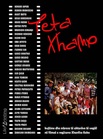
With special thanks to Ilir Keko for sharing
images from the memorial book Teta Xhano
With special thanks to Ilir Keko for sharing
images from the memorial book Teta Xhano

